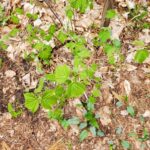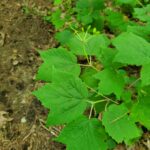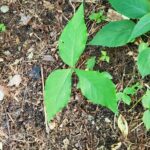Wetland
Wetland indicator status: This indicates the probability that a plant would be found in wetland area.
- OBL – obligate species ALWAYS occur in wetlands.
- FACW – Facultative wetland species mostly occur in wetlands but may occur in upland.
- FAC – facultative occur in both upland and wetlands.
- FACU – Facultative upland species mostly occur in upland but may occur in wetland.
- UPL – species always occur in upland.
|
|
Viburnum acerifolium — Maple-leaved Viburnum
|
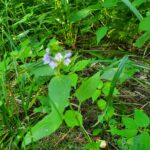 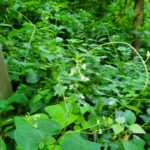 |
Circaea canadensis — Broad-leaved Enchanter’s-Nightshade
|
|
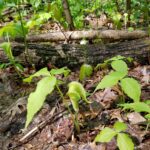 |
Arisaema triphyllum — Jack-in-the-pulpit
|
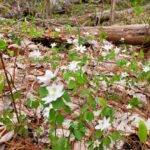 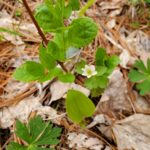 |
Halictrum thalictroides — Rue Anemone
|
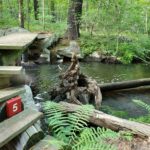 |
Dryopteris marginalis — marginal wood fern
|
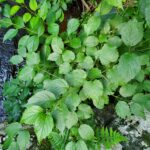 |
Viburnum dentatum — Smooth Arrow-wood
|
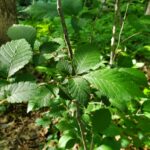 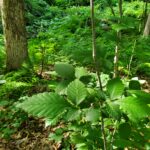 |
Ostrya virginiana — Hop-hornbeam
|
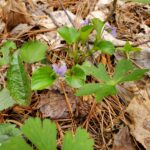 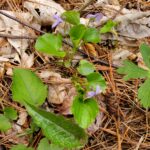 |
Viola cucullata — blue marsh violet
|

